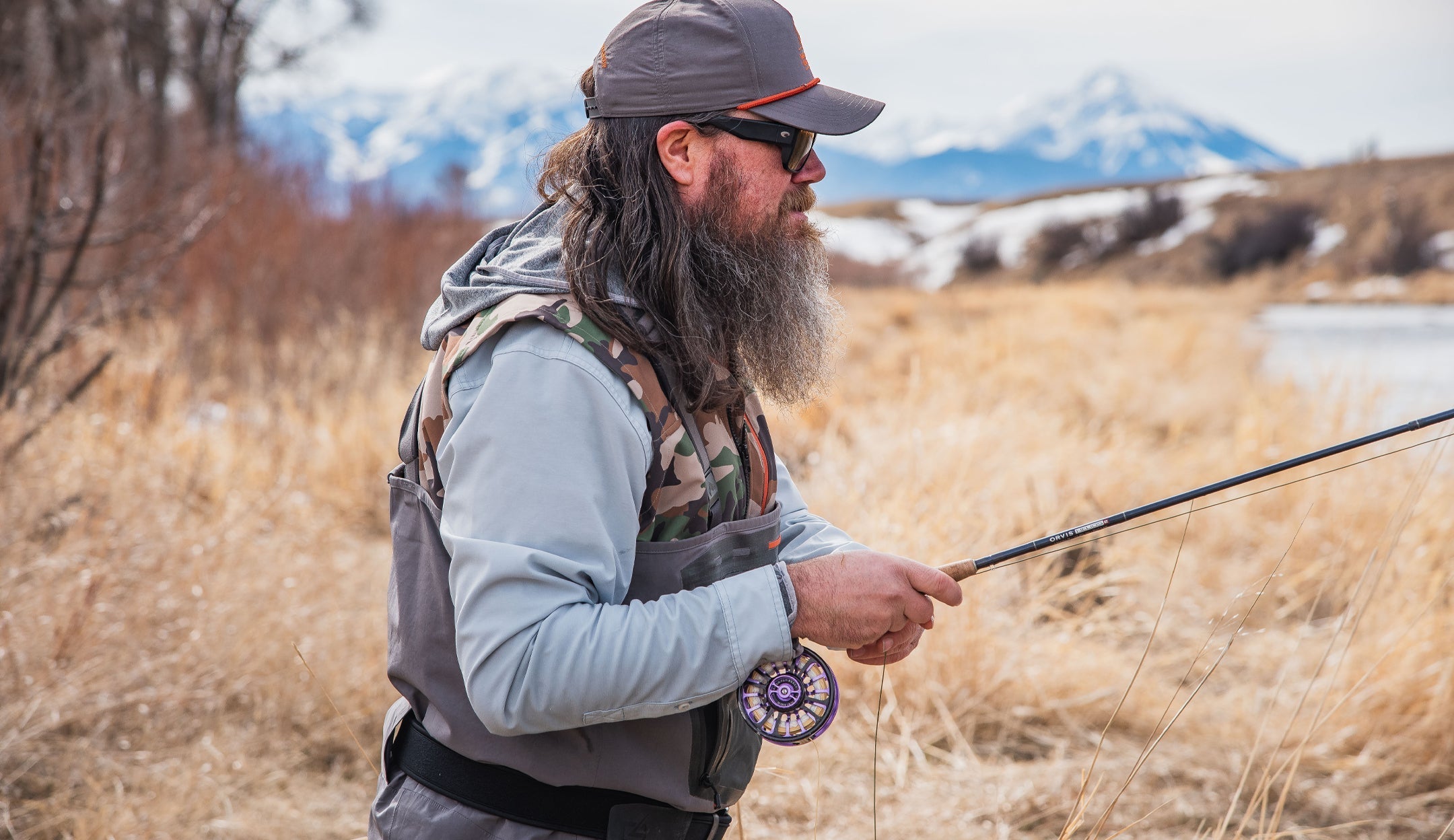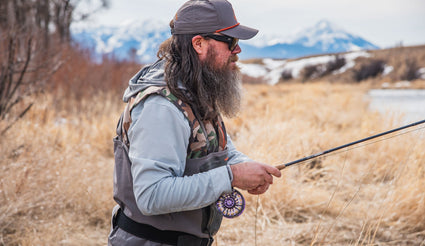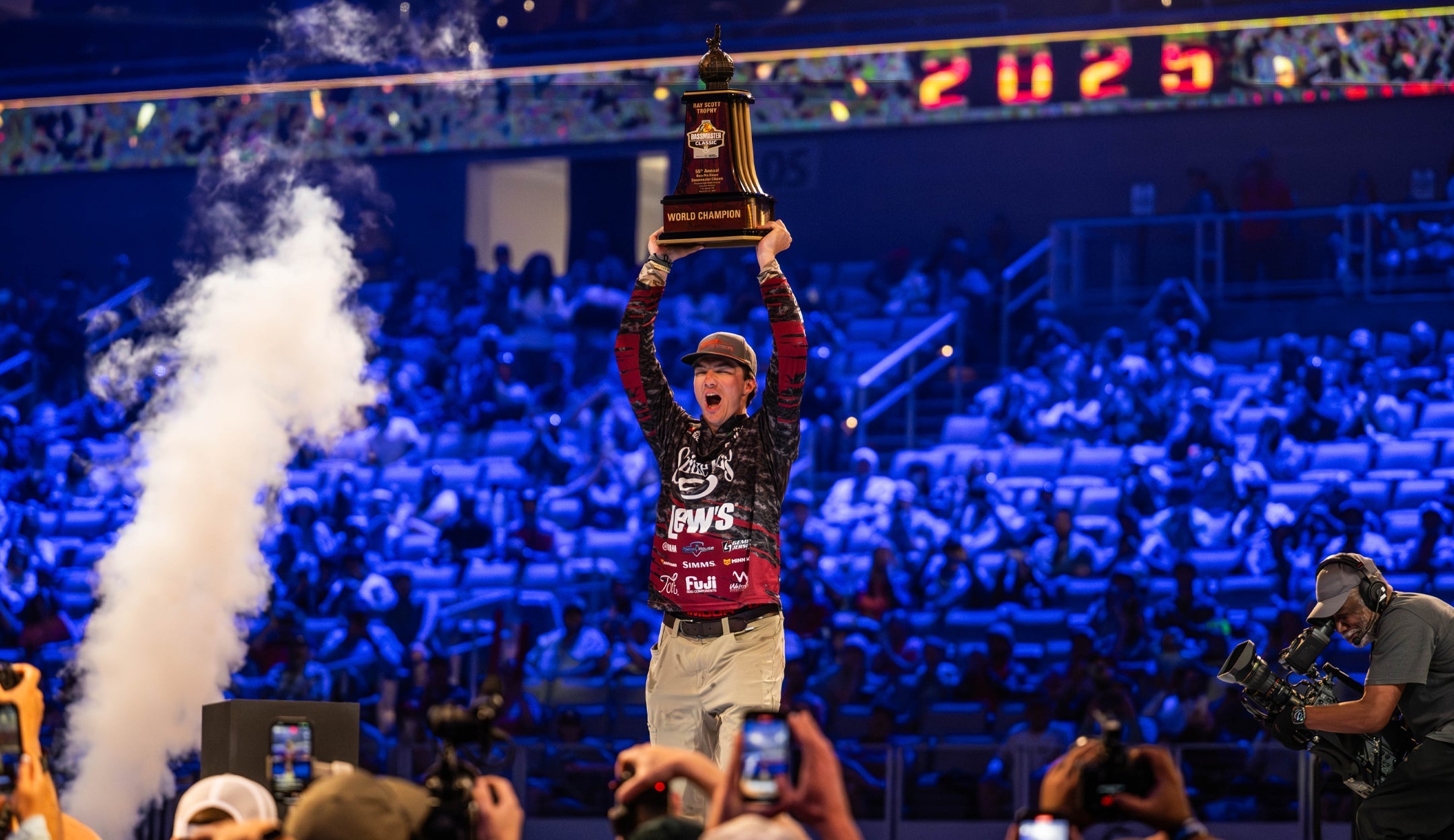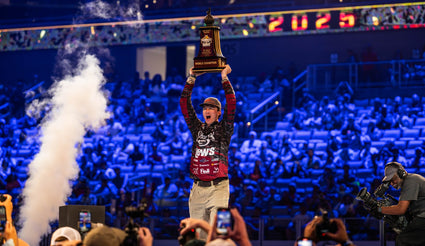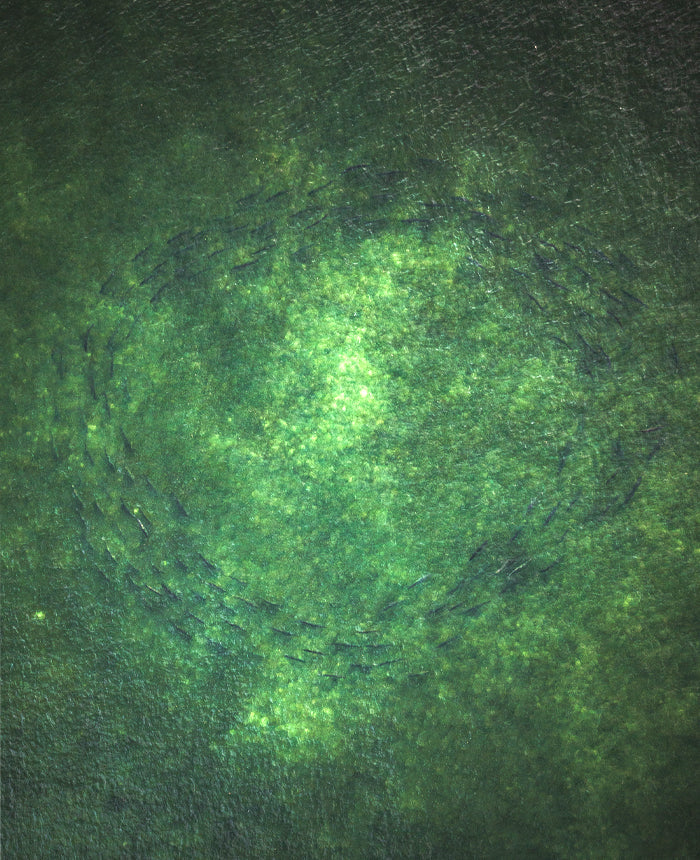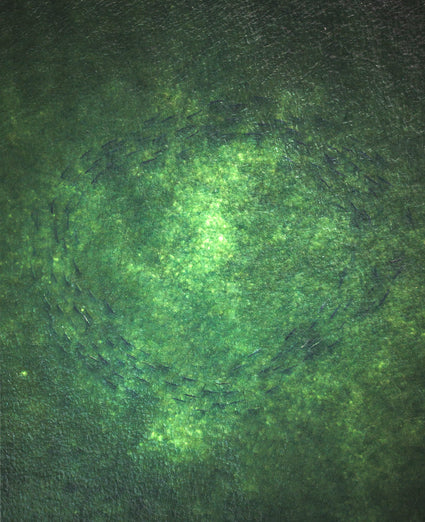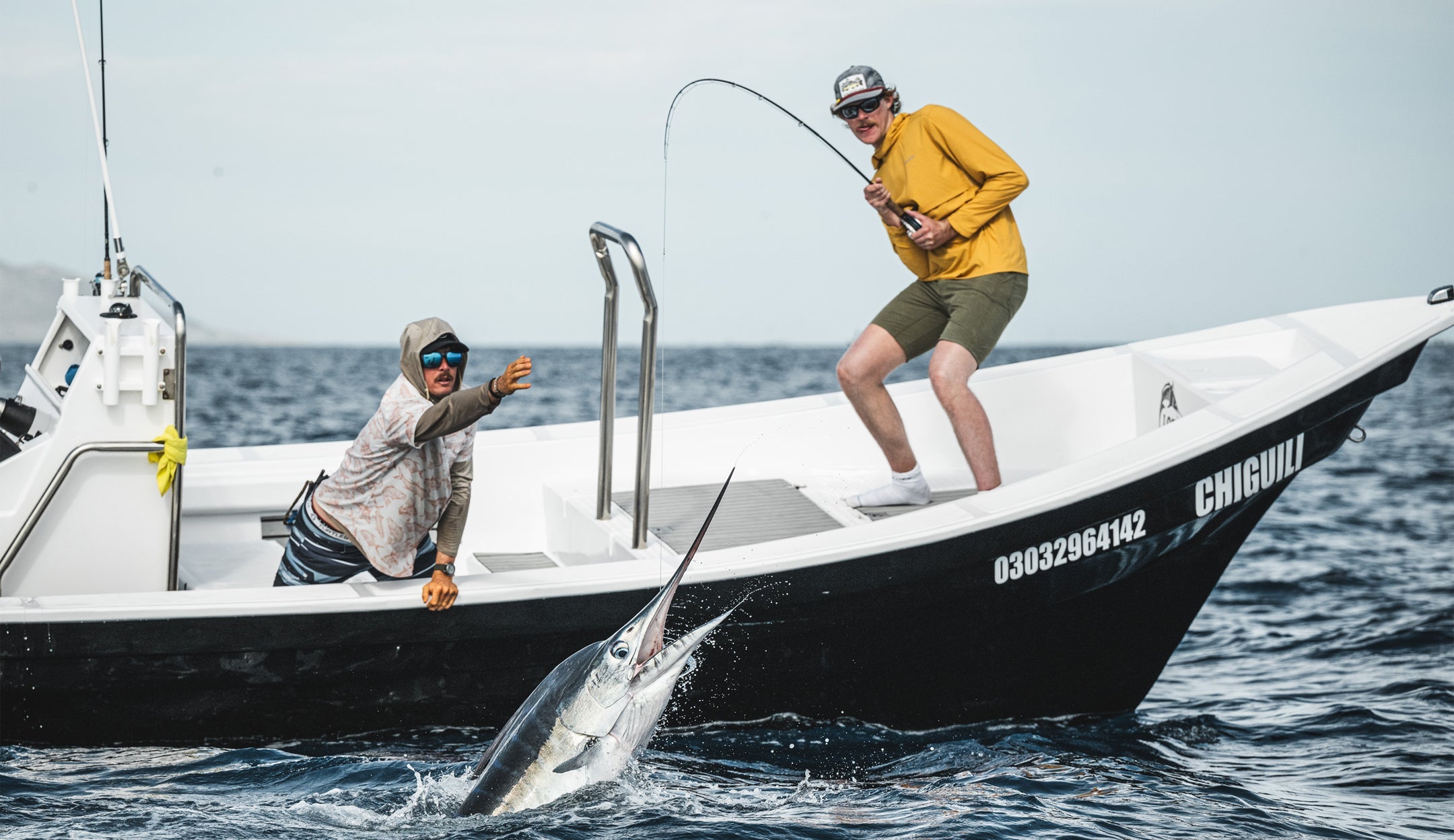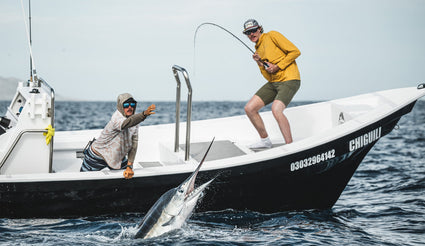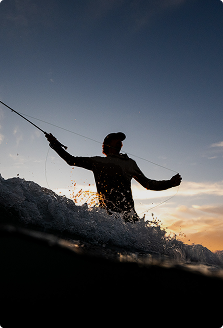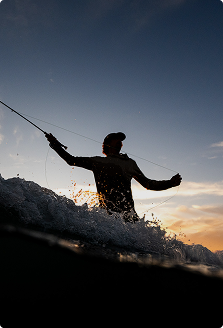My wife Sarah and I have been hosting trips to premiere fishing destinations for over 20 years. After a glut of trips in 2019, covid, too many sketchy flights, and plain old burn out, I made the difficult decision to retire from hosting trips. A couple of years ago, our good friend Racheal Finn relayed her experience from a recent trip to Argentina. By her account, the golden dorado fishing would be right in our saltwater wheelhouse. So much so, I opted to take a brief hiatus from retirement.
Shortly after our conversation with Racheal, we initiated discussions with the outfitter SET Fly Fishing. The trip sounded exotic, interesting, different and overall – extremely appealing, so we made a commitment. Under normal circumstances, Sarah and I are adamant about scouting a destination before hosting. However, Rachel’s stamp of approval helped set our minds at ease. Plus, we had come to learn that one of our clients had also experienced this fishery several years earlier and wanted to return. With that additional tid-bit of knowledge, we decided to quietly reach out to a handful of savvy travel vets we had in our contacts.
Our exploratory group quickly expanded to six. We knew this small group could easily overcome any glitches that come with this type of trip.
Look at a world map and you’ll see that Buenos Aires is a long damn way from the States. Our travel plans included long layovers and a 10 1/2 hour overnight flight to Buenos Aires. When we finally landed, our guide met us at the airport and drove us to our hotel.
The next morning we were picked up at the hotel and taken to the local airport for a charter flight northwest to Jetu’u Lodge. Due to thunderstorms, we could only fly to about 300 km of the lodge — so we landed at another small regional airport. Our guides met us there and we quickly proceeded to load our luggage and gear into the pickup trucks and we were off. After about three hours, we finally reached the lodge.
Jetu’u Lodge sits on the Isoro Wetlands. It is known for quality numbers of smaller dorado in the 2- to 8-pound range. The marsh itself is shallow with dirty (really dirty) water with tons of channels weaving through. Isoro marsh has an astounding variety and amount of wildlife that definitely has the tendency to distract you from fishing.

Once arriving at the lodge, we were shown to our rooms and ate a bit of lunch. We certainly did not suffer, the rooms we very comfortable and air-conditioned. At lunch, Andres, the lodge manger explained how the typical day runs. Breakfast at 6am. Leave the lodge a few minutes before 7 and return at 12:30pm for lunch. After lunch, you are left to nap, relax, and/or prep your gear for the evening session. At 3:30pm, you head out again and fish until dark. The days are long and therefore, nobody complained about the mid-day break.
Once on the water, it didn’t take long at all for me to realize that the guides were also world-class. They were great teachers, casters, companions, story tellers and were 100% up to speed with their fly fishing knowledge. With so many long days and meals together, the guides did an excellent job of introducing us to Argentinian culture. They taught us to brew and drink Matte and shared hand rolled local cigars with us. Of course, they also shared their unwavering passion for football. For me, authentic cultural insight like this has always turned a fishing trip into an unforgettable adventure.

Dorado love current and stage in channels with just the right amount of moving water. Unlike most fish that stage down current of structure, dorado tend to hold in front of structure. If you look at photos of dorado, their eyes are quite small. They feed by sight, but also with senses that are generated by their lateral lines. Even though they are the apex predator of the river systems they call home, they are still very spooky. Flies that push water draw the most attention. The flies we used were in the 5- to 6-inch range and typically incorporated black hackles and a spun deer hair head. Dorado have a nasty set of teeth so wire is critical. The guide’s choice was a 40 pound braided wire bite tippet connected to a 30- to 40-pound mono tippet. You will need a tropical fly line — both a floater, and an intermediate tip. The outfitter recommended 7-weight rods for the marsh, but we found 8-weights to be more enjoyable for casting big flies long distances for hours on end.

Fishing for dorados is not easy. Don’t get me wrong, beginners can do this trip, but in my opinion, this trip is a better fit for someone who can double haul and launch big flies all day long. Again, flies are big, casts are long, and accuracy is a big deal. It’s extra exciting because there’s a real element of surprise to this game. You never know which cast is going to get bit, so mental focus and line control is essential. Getting the bite however is only part of the equation. They’re actually really challenging to hook. One day, I had over 20 bites and was happy landing only five. Their mouths are hard as concrete and when you set the hook, they almost always jump. You need to bring your best strip strike with you — apparently we left ours at the airport. However, after a bunch of ego crushing misses, we finally got the hang of it.
We fished from very stable Carolina Skiff type boats that featured a flat bottom. All the boats were equipped with trolling motors and were extremely effective fishing platforms. We also fished some zones on foot. We started in flip-flops but ended up going barefoot. Light foot protection such as the ZipIt II Flats Bootie would be a perfect choice if you plan on taking this trip. One thing I will say about the wading opportunities — this mud is special. It has to be the stickiest substance on the planet. Even still, it was a fun adventure slogging through the marsh while casting into channels and points. We also found some areas that we were able to sight-fish which to me was an unexpected surprise.

Most of the guides fished both anglers at the same time from the boat. Sarah and I on the other hand, quickly figured out that it was better to fish one angler at a time and trade off. It just seemed to us that the guides could position the boat better for one angler. Also, switching back and forth allowed your casting arm to rest, plus, when you’re not on deck, it allowed you to really take in the scenery and the fishery.
After three days of fishing, we packed our bags and prepped for our next stop, Itati Lodge. After breakfast the following morning, we headed to the local airport and hopped on a short charter flight to the lodge. When we landed, we loaded our gear into trucks and drove about an hour to the lodge which is located on the upper Parana’ River. The Parana’ River is second only to the Amazon River in length. The water of the upper portion is clear, unlike most of the waters around the marsh. At Jetu’u, we were fishing alongside the Parana’, but in the surrounding wetlands. Out of Itita, we’d be fishing the river proper. The upper Parana’ has earned a reputation for big golden dorado.
Here, our schedule was much the same except we had breakfast at 5:30am and we shoved away from the dock between 6 and 6:30am. We’d fish until about 12:30pm, return to the lodge for a mid-day break, and then head back out at about 3:30pm and fished until the sun went down.

The habitat looked different, but the fishing strategy was basically the same. The biggest difference was that our casts had to be longer and more accurate. One tip, be prepared at all times. Quite a few bites came just as your fly hit the water, so having control of line at all times is key. Here, most of our guys used 9-weight rods with intermediate tips. Flies were basically the same as was the leader and wire bite tippet setup. Besides the structure along the riverbanks, several areas in the river had submerged rocks. The flow of the river would roll over these rocks and cause rips and whirlpools. Our guides would position the boat up current and hold us there with a trolling motor. Sarah is not a fan of trolling motors, but became a convert. We would hold steady in a 3-knot current — a tactic that would have been virtually impossible without a trolling motor. Despite their aggressive reputation, dorado are quite shy. The sound of an outboard definitely shut down the fishing. Once in position, we would swing flies in front of the rocks with intermediate lines. With every cast, you got the feeling that there was a good chance to get bit from a giant. Sarah hooked her biggest fish on the rocks on the first night. When the net sunk around the fish, I don’t know who was more excited, our guide TeTe, or Sarah. TeTe told us it was the fish of a lifetime — a fish we estimated to be upwards of 30-pounds. And yes — even the big ones jump.

After celebrating the big fish release, we joined the rest of our crew for a surprise. The lodge presented a moonlight picnic on a sandbar in the middle of the river. We were serenaded by local musicians, feasted on classic Argentinian fare while the last sunset colors faded behind the city’s basilica, an awesome close to an amazing day on the water.
The next morning, we were delayed by a vicious thunderstorm that dropped several inches of rain. Us old folks were secretly thankful for the extra hour of sleep. When the lightning finally moved off, we shoved off. Fishing a shoreline, I put my fly on the bank. Gently, I pulled it off and as it rolled into the water, a good fish exploded on it. After a series of big jumps, the fish was netted and I could breathe again. It was a really good fish that I estimated to be about 20- to 25-pounds.

About midday, we took a break from dorado and opted to target pacu and pira-pita, a shad looking critter with a mouthful of teeth. Primarily, these fish mostly eat nuts that fall from the trees. We grabbed our 7-weights and tied on a large version of a Chernobyl ant. This proved to be super effective and was a great confidence builder.
In total, we fished six days. By the end, we were all exhausted, on cloud nine, but exhausted. The fishing required technical focus and physical commitment. The fatigue and aching casting muscles were well worth the reward. While we didn’t know too much about this fishery or trip going in, before leaving Argentina, we were already scheming plans and looking at dates for a return trip in 2025.
Necessities
Two 8-weight fly rods; one with a floating line and the other with intermediate tip
Two 9-weight fly rods; one with a floating line and the other with intermediate tip
One 7-weight fly rod with a floating line. We didn't use the 7 as much as we had expected. The fish were a perfect match for a 7, but the flies were not.
When to Go
Our trip took place in March which is Fall in Argentina. Be prepared for a wide range of temperatures and rain when choosing clothing. We wore classic bonefish flats sun protective clothing most days, but often started the morning wearing a light puffy coat such as the Fall Run Hybrid. You could get by with Superlight Shorts but for the most part, we stuck to the Bugstopper Superlight Pant, so we didn’t have to be as vigilant about mosquito and sun potions. It never rained all day, but it did rain every day, so dependable rain jackets like Simms' Waypoints Jacket are a must. They also came in handy as a wind breakers. There is a laundry service at both lodges for a small fee.
Cameras are must, but at the very least, make sure to have a cell phone on you. There's so much to shoot at any given moment, it's nice to be able have something at the ready. We put the expensive photo gear in a Dry Creek Rolltop Backpack and broke out iPhone when hero shots were taken in downpours. There is cell reception almost everywhere and speedy wifi at the lodges, so those hero shots went world wide almost instantly. Our tech savvy, air dropping guides often beat us to the post.


